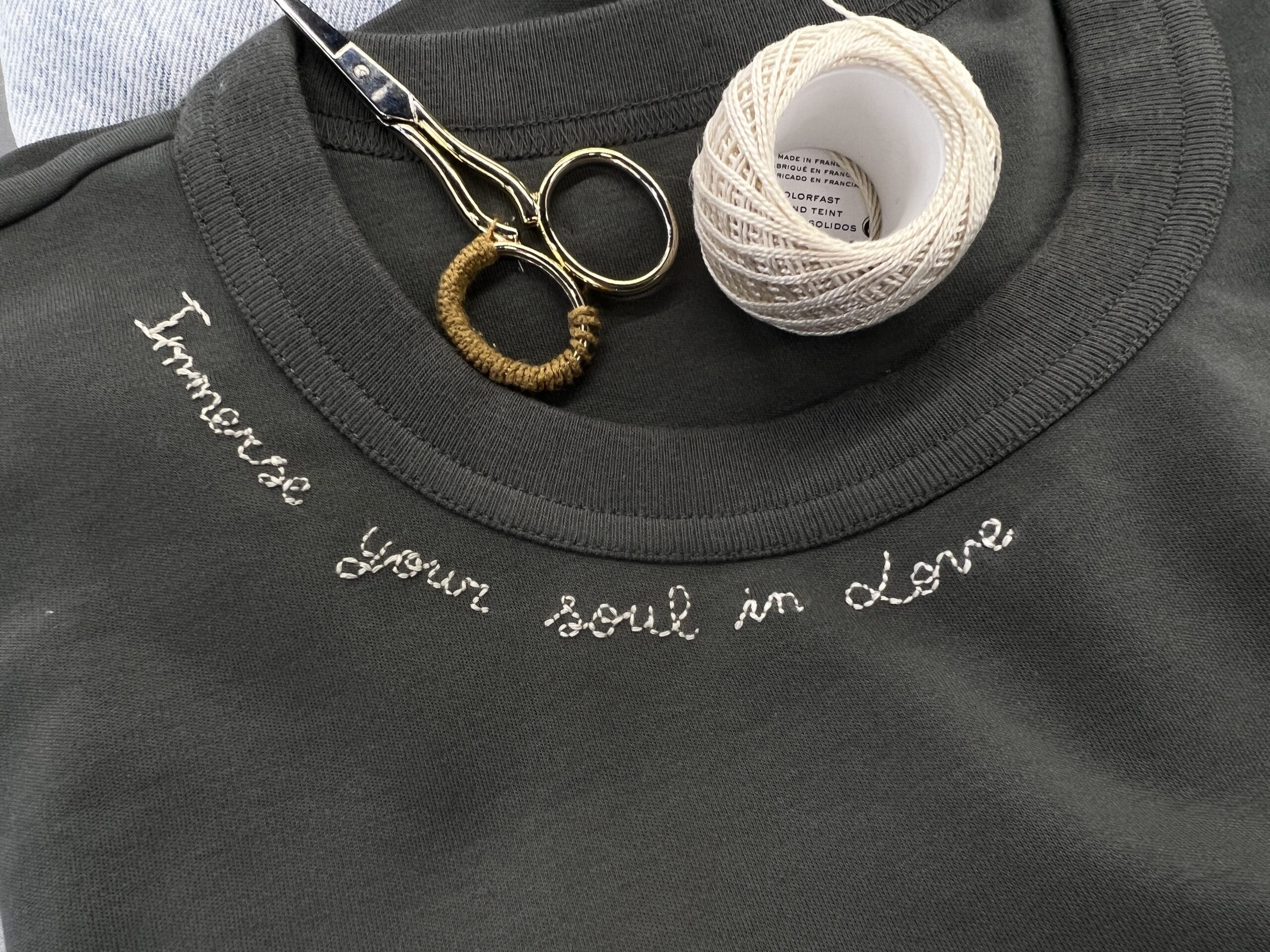Imagine a thread that weaves through the annals of history, stitching together the fabric of civilization itself. This is the tale of the backstitch, a simple yet useful technique that has traversed the ages, from the bustling workshops of Renaissance Europe to the modern ateliers of today. So, gather your needle and thread as we embark on an exhilarating journey through time to unravel the secrets of the backstitch.
Our adventure begins in the ancient civilizations of Egypt, Mesopotamia, and China, where skilled artisans wielded their needles like magicians, creating garments and textiles with the amazing backstitch. But let’s not forget its companions in history. While the backstitch took center stage, its cousin, the stem stitch, also made its debut, adding elegant lines and curves to ancient embroideries. And who could forget the Assisi stitch, which emerged in the town of Assisi, Italy, during the Middle Ages, showcasing the art of negative space in embroidery. Together, these stitches transformed simple cloth into works of art, from practical mending to elaborate embellishments.
As we journey through the Middle Ages, we find ourselves in a world of knights and castles, where tapestries adorned the halls of kings and queens. The backstitch, with its sturdy seams and intricate designs, became the hero of the embroidery world, stitching together tales of myth, legend, and religious devotion in threads of gold and silver. And let’s not forget the legendary Bayeux Tapestry, a masterpiece of medieval embroidery that tells the story of the Norman Conquest of England in vivid detail, showcasing the mastery of the backstitch and other embroidery techniques of the time.
And here we are to the Renaissance, a time of innovation and enlightenment, where artists and thinkers dared to dream beyond the confines of tradition. In the hands of the embroiderers, the backstitch became a brush, painting intricate designs on luxurious garments and household treasures. From sumptuous gowns to opulent cushions, the backstitch added a touch of elegance to every stitch.
But alas, the winds of change blew with the Industrial Revolution, ushering in an era of mass production and machine-made marvels. While the traditional hand-sewn backstitch faced a decline, it paved the way for new innovations in embroidery, as machines stitched faster and more precisely than ever before.
We have to wait for the Victorian era for embroidery to experience a renaissance of its own, fueled by a newfound love for handicrafts and domestic arts. The backstitch, now synonymous with Victorian elegance, graced everything from delicate handkerchiefs to lavish ball gowns, as women of all walks of life stitched their stories in threads of silk and satin.
Fast forward to the modern days, where the backstitch remains a beloved staple of sewing and embroidery practice. Whether hand-sewn or machine-made, contemporary artisans and crafters continue to embrace the backstitch as a versatile and reliable stitching technique. From traditional samplers to bold, contemporary textile art, the backstitch continues to inspire creativity and craftsmanship in every stitch.Conclusion: As our journey comes to an end, we are reminded that the backstitch is more than just a stitch, it is a timeless symbol of ingenuity, creativity, and the enduring legacy of needlework traditions passed down through generations. So, the next time you pick up your needle and thread, remember the epic tale of the backstitch and the countless hands that have woven its threads through time.




